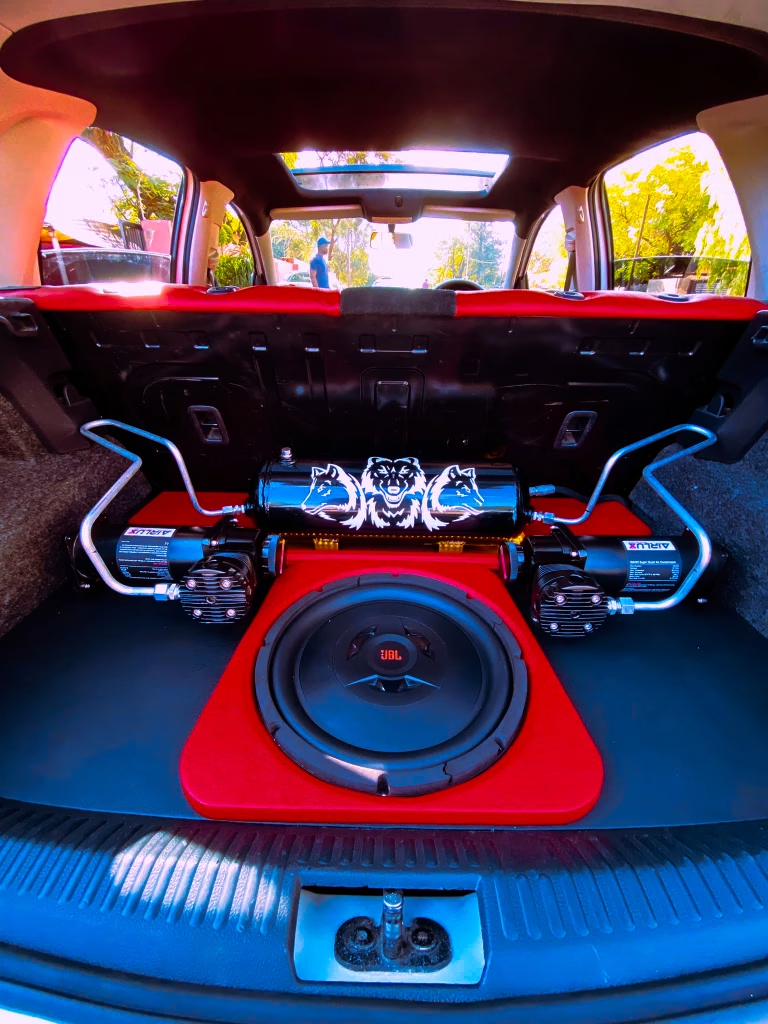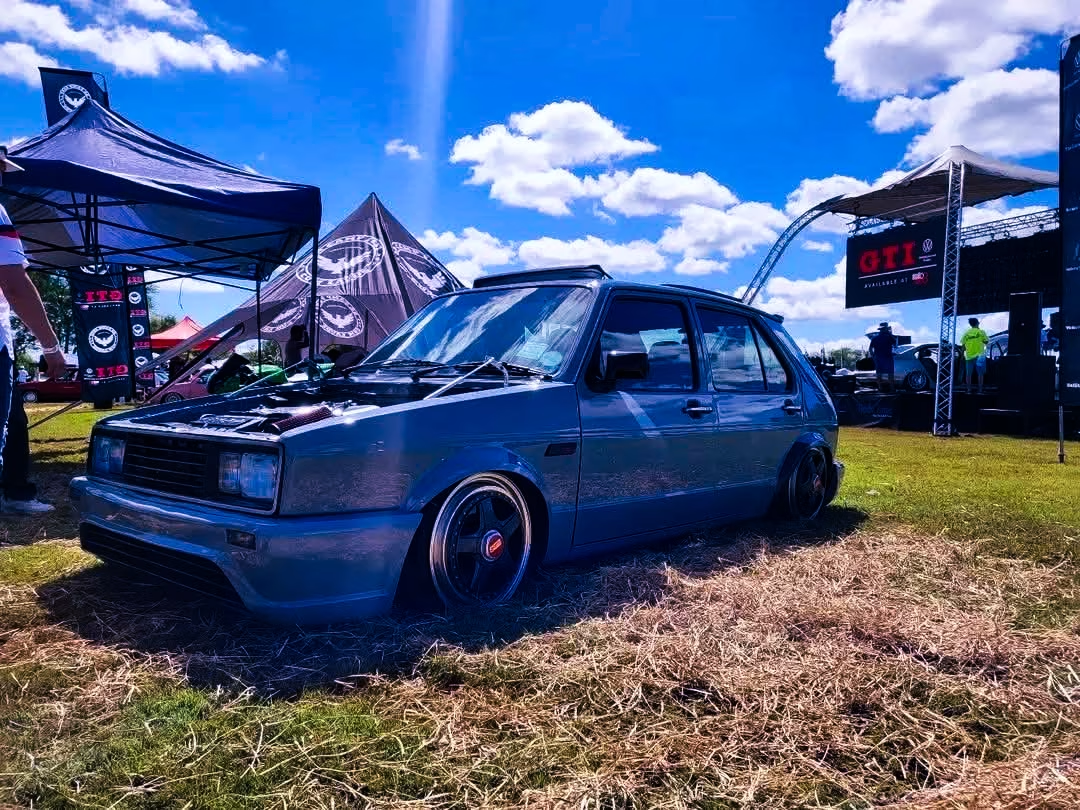Stance culture, with its roots in post-war Japan, began as a rebellious form of self-expression through highly modified vehicles. Emerging from the underground scenes of Bosozoku gangs and street racers, it evolved into a language of individuality, where cars were slammed low to enhance handling, performance, and, more importantly, attitude. Over time, what began as a niche aesthetic has become a worldwide movement—and Botswana’s youth are now embracing it with bold creativity.
In the streets of Gaborone, Tlokweng, and Francistown, the rise of stance culture is impossible to ignore. Modified cars featuring slammed suspensions, tilted wheels, extended lips, and custom wraps have become a visual signature for a generation hungry to stand out. Popular models like the Honda Fit, BMW M30, Volkswagen GTI, and the Toyota Corolla Vintage are being transformed into rolling art pieces, built not just to drive, but an expression as an extension of the car owners.
Young Batswana are turning to stance culture not only for the style but for the sense of community and identity it offers. The process of modifying a car is detailed and technical, requiring patience, resources, and commitment. Whether the goal is to perfect the camber angle or achieve a flawless paint finish, every build tells a story and every car meet becomes a showcase of those stories.
These stanced vehicles are typically modified through three primary setups. The most common entry point is the static build, achieved by cutting springs to lower the vehicle. While this method is affordable, it often compromises ride quality, safety, and structural balance. A more refined approach is the use of coilovers, which offer adjustable ride height and damping, allowing for greater precision and performance. For those seeking a premium experience, air suspension systems provide the ability to raise or lower the car at the touch of a button, offering both comfort and dramatic show-floor appeal. However, this system requires significant financial investment and maintenance knowledge.

The popularity of stance culture has given rise to large-scale events and car meets. One of the most influential is the Basement Car Stance Show, organized by Pops De Motors in Gaborone. These events are more than just displays of modified cars—they are platforms for passion, celebration, and friendly competition. Categories such as “Lowest Limbo,” “Best Paint,” and “Best Camber” highlight not just aesthetics, but the skill and vision behind each build. These gatherings have become hubs for connection, creativity, and opportunity, drawing attendees from all over the country.
More importantly, stance culture is creating new economic pathways.
It is fueling local businesses and encouraging entrepreneurship in the automotive industry. Car detailing services, custom paint shops, alignment garages, wrap specialists, and audio installation businesses are thriving as the demand for modification services grows. Young mechanics and car enthusiasts are turning their hobbies into sustainable careers, contributing to job creation and local economic stimulation.
However, the movement is not without its drawbacks. Despite the visual appeal, stanced cars are often impractical for everyday use. Extremely lowered vehicles face frequent challenges with Botswana’s roads, especially in navigating speed humps, potholes, and uneven surfaces. The modifications can affect handling, braking performance, and tyre longevity. Excessive camber and lowered clearance can result in faster wear and tear, increased fuel consumption, and undercarriage damage. In addition, some builds do not meet national road safety or vehicle licensing standards, leading to legal issues at checkpoints or inspection centers.

The culture also faces a generational divide. Older generations, including parents and traffic authorities, often view stance as reckless or irresponsible, failing to see the discipline, artistry, and passion that underpin the scene. This misunderstanding has led to tensions, with some stanced car owners being subjected to scrutiny or criticism without consideration of the positive aspects the culture brings.
Still, stance culture in Botswana continues to grow, driven by a desire for self-expression and connection. It represents a shift in how young people interact with vehicles not simply as tools for transport, but as canvases for creativity. In a time when youth voices are often overlooked, the stance scene is a form of visual rebellion and a declaration of presence.
This is not just about how low a car can sit it’s about how high a generation can reach when given the freedom to build, express, and belong. As Botswana’s car culture continues to evolve, stance is carving out its lane, and it’s doing so with style, purpose, and a rumble that cannot be ignored.









